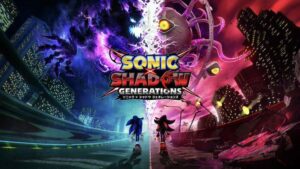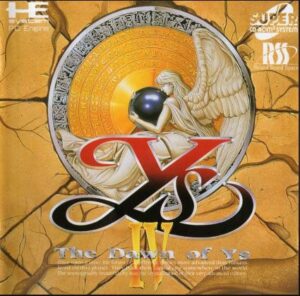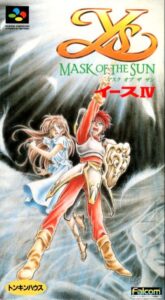And now we are properly reentering the Godzilla franchise as we take a look at the next film in the Godzilla retrospective: the 1964 hit Mothra vs. Godzilla. This was Godzilla’s first film since the smash hit King Kong vs. Godzilla and Toho sought to build on the momentum by pitting Godzilla against another established movie monster. And given how both monsters in this film enjoy long-lasting appeal and recognizability, even today, should tell you how this went over. Let us dive in, this is Mothra vs. Godzilla!
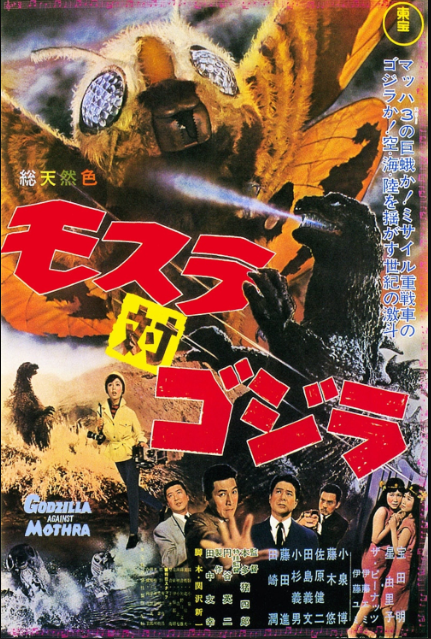
Introduction & Pre-Production
Following the critical and financial success of 1962’s King Kong Vs. Godzilla, Toho sought to capitalize on Godzilla’s newfound mass appeal by quickly producing another film pitting him against another established Toho monster. Toho eventually settled on Mothra as she had recently found success with her own debut feature film, Mothra released in 1961. Mothra vs. Godzilla went through numerous script changes in development as it was originally intended to be directly in continuity with Mothra, which came out a couple of years prior.
The script was penned by Shinichi Sekizawa, with a number of edits done by the director himself Ishiro Honda, as was standard for Godzilla film productions up to this point as well as going forward. The score was composed by Akira Ifukube, whilst the special effects were overseen by Eiji Tsuburaya, and the cinematography was overseen by Hajime Koizumi. The film starred Akira Takarada, Yuriko Hoshi, Hiroshi Koizumi, and the “Peanuts” Emi and Yumi Ito.
The film was released in Japan on April 29, 1964 as Mothra vs. Godzilla and the American version was released theatrically and broadcasted in May of the same year. Interestingly, the American version of the film was initially intended to be titled Godzilla vs. the Giant Moth but was ultimately titled Godzilla vs. the Thing, not to be confused with Marvel Comic’s The Thing. This title was chosen by American International Pictures (AIP) in order to play up the mystery of Godzilla’s opponent. AIP went as far as to create promotional materials that prominently featured Godzilla but did not show Mothra in any form, a distinctly different approach from that of the Japanese producers, who made no efforts to hide Mothra’s involvement in the film.

Synopsis & Writing
The film begins as a giant tsunami rocks the coasts of Japan, causing a gigantic egg to wash up along the coastline. The egg is picked up by a trade company looking to make a quick yen or buck off of this newly discovered wonder. Little do they know that this egg was laid by the guardian of Infant Island, Mothra. The business practices of these men puts all of Japan at risk as when the egg hatches it will make its way home, destroying everything in its path. It is because of this that the Shobijin or Twin fairies (depending on your dub) leave Infant Island with Mothra in an effort to convince them to return the egg, but to no avail. The situation worsens as Godzilla returns and begins making his own way towards the egg and Japan.
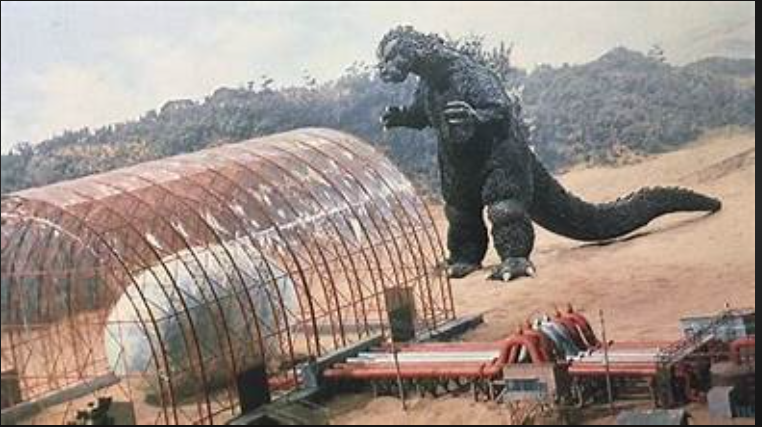
Mothra vs. Godzilla is unique in its narrative in a variety of ways. Firstly, Godzilla himself is a driving force of conflict in the film, but the narrative has a core conflict. Title aside, he comes out of nowhere with an entrance that is pretty unique even by today’s standards. This would be the last Godzilla film for over a decade to portray Godzilla as a full-on villain, as he wouldn’t be the antagonist of a film again until 1984’s Return of Godzilla.
It was a very symbolic choice to pit the symbol of aggression and nuclear annihilation in Godzilla against the tranquil and peaceful Mothra. The narrative also poses some poignant themes about forgiveness and the legacy we leave behind as Mothra still defends Japan, and by extension humanity, despite the selfishness of humans who stole her child from her. Despite having a strong thematic through line, this film stalls narratively. This is specifically due to its overwhelming similarity to its predecessor, 1961’s Mothra, which if you recall saw Mothra’s stewards, the Shobijin kidnapped by a corrupt businessman who sought to use them to make vast sums of money. This is nearly identical to the motivations of this film’s human antagonists. Having watched Mothra justprior to this film only made the similarities more apparent.
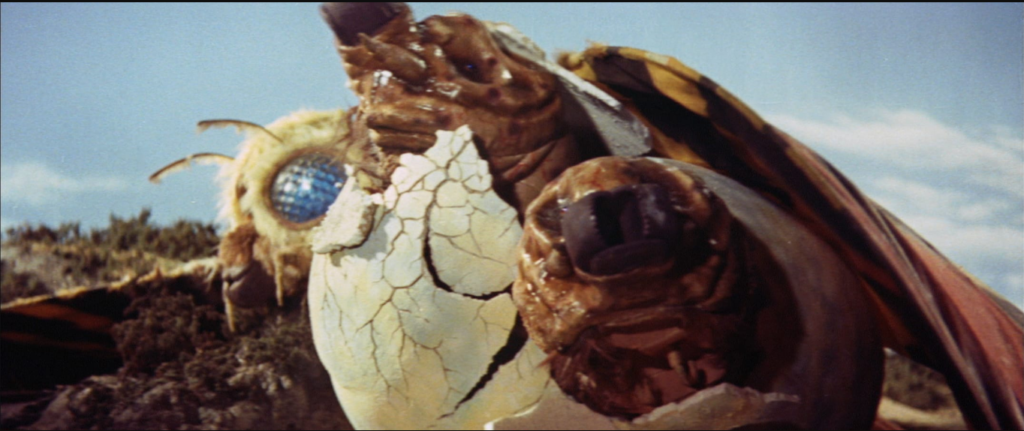
Maintaining the human aspect of any monster film is a tricky balance as many in attendance are there to see the giant monster and if handled incorrectly it can be the thing you suffer through to get to the good stuff. I find that Mothra vs. Godzilla mostly falls on the right side of this line. Putting aside our human antagonist’s basic motivation of being so eager to make a buck that they ignore all the problems that would result from the abduction of the offspring of a giant monster.
As far as monster movies of the era go Mothra vs. Godzilla has pretty strong writing, thematic through lines, and poignant symbolism. Honda and Sekizawa managed to balance the nuclear arms themes prevalent in the era, combined with the human drama, and delivered something that has aged but is still largely entertaining whilst still weaving in greater themes.
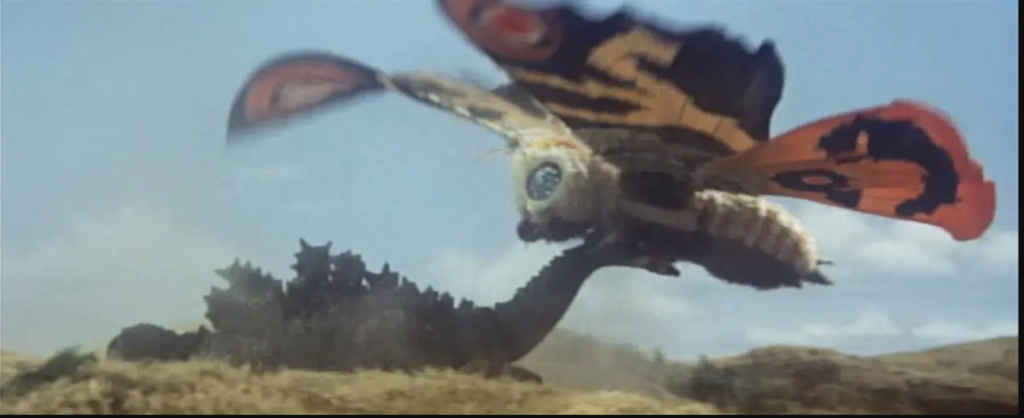
Presentation & Score
1961’s Mothra marked a significant change in the production of Toho films as far as effects go, and this film continues the trend. Mothra herself was created through a variety of effects both here and in her debut film as a new prop had to be built, with Mothra’s new prop having a wing span of 15 feet. Mothra’s larvae was represented by a combination of hand puppets and motor driven mechanical props.

Godzilla is traditionally brought to life by an actor in a suit, and a brand-new suit was commissioned for use in this film by one Teizo Toshimitsu. The suit looks distinctly different from the more generic reptile look Godzilla had in the previous Kong vs. Godzilla film. The suit was lighter than previous suits and allowed for more fluid movements from the actor inside. Monster suits are famous for being rather hot inside for the actors, on top of offering poor visibility. But during the filming of a climatic scene of Godzilla engaging the military the actor wearing the suit caught on fire due to all the practical effects going off on set. However, the actor emerged unharmed, and the shot remains in the film.
A key difference in music composition in this film compared to 1961’s Mothra is a score composed by the legendary Akira Ifukube. This man worked on Godzilla films for 50 years, all the way from the original in 1954 through to 2004’s Godzilla: Final Wars. Ifukube was there through it all. The man created scores so well regarded that the American versions of Godzilla films avoided replacing his work in favor of a more “Americanized” sound. The only time his music was replaced was in the original King Kong vs. Godzilla, which was generally regarded to be inferior to Ifukube’s compositions. Hence, why his score was never replaced going forward.
Ifukube did more than compose music as he was in charge of a film’s sound design as well, how the sound effects sounded as well as how the music was placed. A truly great composer knows that sometimes a scene is more powerful without music and Ifukube famously clashed with film director Ishiro Honda on this. Honda wanted wall to wall music across the entire film, but Ifukube fought for having scenes dedicated to the presences of Godzilla and Mothra without being overpowered by music.
Ifukube was offered the opportunity to compose the score for 1961’s Mothra but he declined as he felt uncomfortable composing music for the “Peanuts” as they are quite famous and respected within Japan as performers. He was still apprehensive about working with them as he only composed one track for them to perform, titled “Sacred Springs.” Many of Ifukube’s compositions are still beloved far and wide even today with more re-arrangements than I can count in a timely manner.
Conclusion
Following the popularity of King Kong vs. Godzilla, Toho really needed a hit to showcase that Godzilla still appealed to general audiences. Given how widespread the franchise has become and how many modern interpretations we’ve had, of both Godzilla and Mothra shows how successful they were here. Mothra vs. Godzilla is a strong entry into the franchise that any fan of monster movies can very much enjoy! The next proper Godzilla film up for review in this retrospective is Ghidorah: the Three Headed Monster. But before we cover that film we have a slight detour to make as that film stars Godzilla, Mothra, Ghidorah, and a certain Pteranodon that had his own film. So, stay tuned for what comes next in this retrospective!
Patron Shout-Out
Special thanks to our patrons to whom our content would not be possible without: Francesco Santoyo


